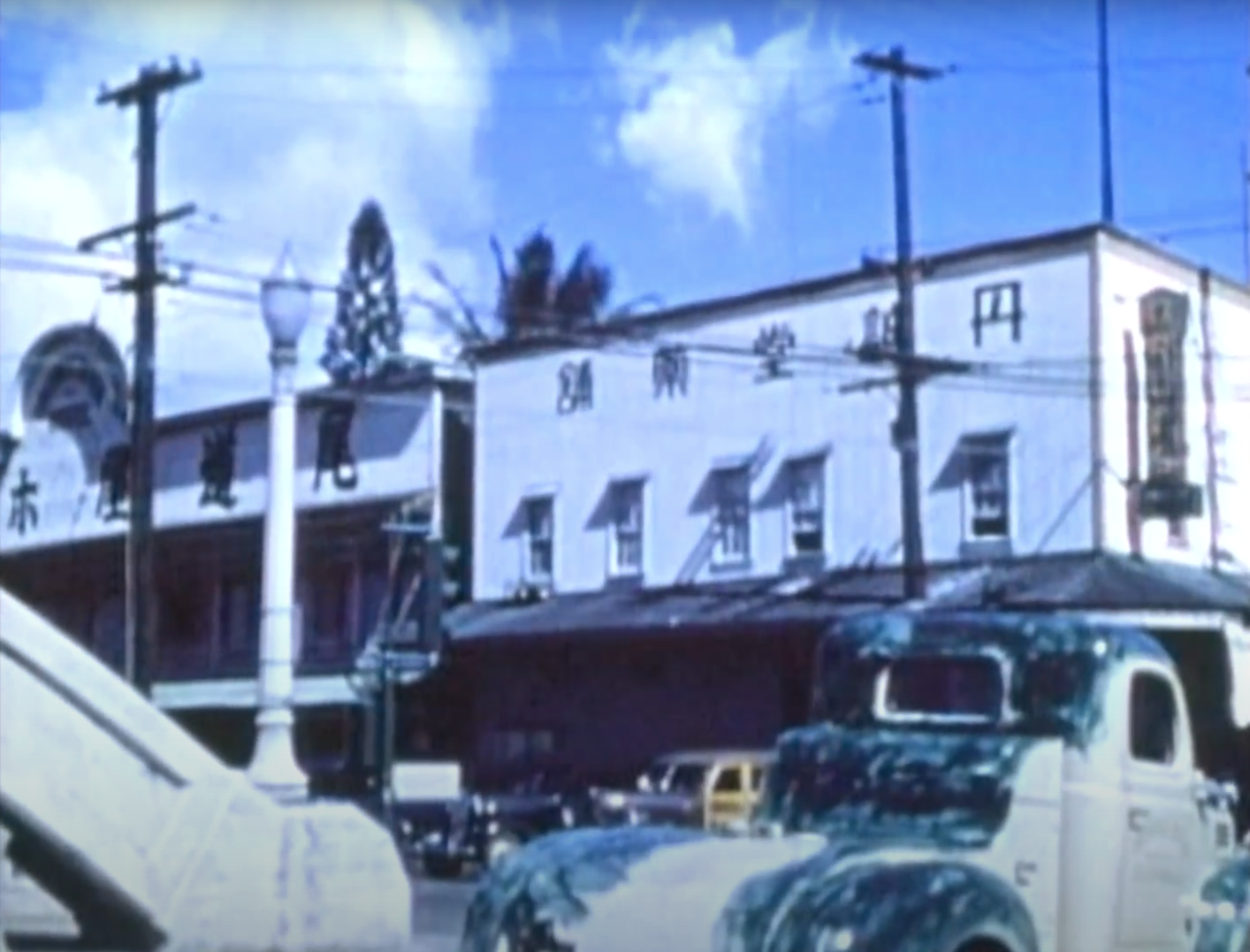
Madam McBean’s Bordello
In early June of 1942, Honolulu police raided a gay brothel arresting eight men, a 17 year old boy, and “madam” Francis Thorn McBean. McBean’s operation was tucked away across Nuʻuanu stream in the Aʻala district where Black and Filipino brothels had been banished to by the military. His bordello was in the Hawaiiya, a Japanese hotel at 267 N. Beretania Street located in a row of similar establishments and boarding houses. Francis knew that white men preferred sex with white women and would stay across the river in Chinatown. It was also unlikely that military men would frequent the hotel because of their racist enmity toward the Japanese. He was expecting the hotel’s management to be discreet, relying on their observance of the Japanese cultural tradition of male-on-male sex he had learned about while working as a passenger agent on the steamship line Nippon Yusen Kabushiki Kaisha (NYK).
Driven by loneliness and the unknown awaiting them thousands of miles away, gays were forced into dangerous clandestine meetings risking arrest by the FBI or military police. McBean provided a safe place for local and military gay, bisexual and the bi-curious to gather, find companionship and have sexual encounters, protected from discovery.
Originally from Los Angeles, and now unemployed in Honolulu after NYK shut down, McBean attracted undue attention from local reporter and gossip Jean Hobbs, who had known him in California. Hobbs wrote to a friend that McBean’s “personal habits of never working very hard, living exceptionally well, driving a car, and his association with soldiers, sailors, and civilians who were suspiciously homosexual indicates a supply of money not normally available to a man…who had no outside income.”
After the raid on the bordello by the FBI and local law enforcement she wrote that the operation interrupted several men, including sailors, engaged in group sex and had charged McBean with “running the neatest little he-hoar house as has been seen anywhere.”
Rather than admitting that a gay brothel had operated covertly under their noses the government wanted the affair quickly and quietly swept under the rug, so only two articles about the raid appeared in the newspapers. One reported that the men were convicted of a “serious sex offense” and for contributing to the delinquency of a minor. The 17 year-old boy was sent to Waialeʻe boys training school, a reform institution far from Honolulu on Oahu’s north shore. The locals - all of whom were Japanese and in their early 20’s, described as a dry cleaner, a mason’s helper, carpenter, radio technician, and laborer and Los Angeles interior decorator at Liberty House Clarke Iverson - were fined $1,000 while McBean and Victor Genereaux, a former engineer with NYK and a friend of Francis’, were fined $2,000. All were sentenced to five years at hard labor.
Francis hoped his prominent cousin Athol McBean could bring some of his influence to bear on the military courts. The wealthy scion of the largest tile manufacturing company in California, Athol was a close friend of Alfred Castle, a lawyer and a descendant of a powerful missionary family. Unfortunately, Castle’s negotiations with the military government failed.
After their release from prison in 1946, McBean and Iverson returned to Los Angeles where, in an ironic twist, McBean joined the Army. Iverson died five years later. Genereaux stayed in Honolulu and returned to society, with his reputation none the worse for wear. He opened Genereaux’s Delicatessen and Tea Room on Kalakaua Avenue which he ran until his death.
As for the Japanese men, one became a bartender and a lifelong bachelor, one who was married divorced, then remarried and had four children, another married and had six children, and two disappeared from the record. The sailor’s fates were unknown.
Story by historian Wendy Tolleson.
Wendy Tolleson grew up on Ford Island and started working at age 16 as a musician. She holds two undergraduate degrees in history, business and economics, and an MA in archaeology and museum studies. Tolleson trained with the University of Pittsburgh’s Cultural Resources Management Program then crewed on archaeological projects in Pennsylvania, Arizona, New Mexico, Texas, Nevada and California before returning to Hawai‘i. Tolleson worked for Bishop Museum’s Applied Research Group and was the principal investigator and manager for the Guam office of IARII. She continued in cultural resources management after returning to Hawai‘i before switching to history in 2011. Tolleson is a former preservation professional with the Honolulu Authority for Rapid Transit [HART] where she worked concurrently as a researcher for the Historic Honokaʻa Town Project. She continues freelancing in land research and historic preservation.
Images Credits:
Banner - Aʻala District canal - Images of Old Hawaiʻi
Newsclip - Honolulu Advertiser, 6/18/42
Map - 1951 Sanborn Fire Insurance Map - Hawai’i State Archives



